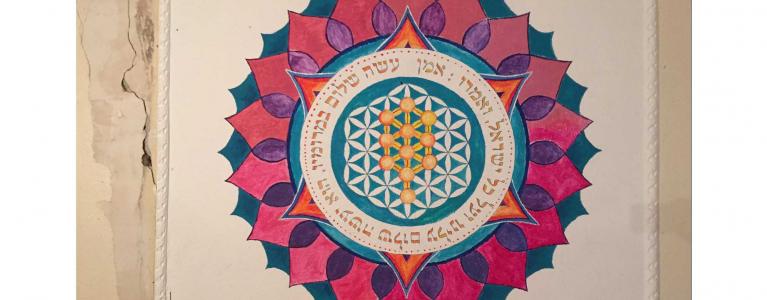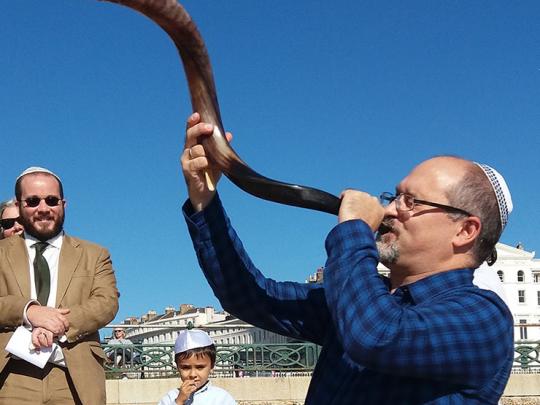
On Sunday 2 October the Mayor, Sadiq Khan, sent out a happy New Year message to the Jewish community in London and around the world. You can view his video below.
Jews around London and the world are celebrating Rosh Hashanah, the Jewish festival of the New Year. Similar to the secular New Year, it’s a time when people reflect on the past year, apologise for any mistakes and vow to make changes for the year ahead.
Rosh Hashanah is followed ten days later by Yom Kippur, the ‘Day of Atonement’, when many Jews fast. The period is known as the High Holy days.
At City Hall staff have joined the Mayor in wishing Londoners ‘Shanah Tovah’ (a good year). In this blog Brianne, Alex and Jason tell us how they spend this time of year.
Brianne
Brianne talks about her experience with Grassroots Jews. A group that brings together a passionate, diverse community to celebrate and pray.
In the past I attended traditional services in a Synagogue, but I struggled to relate. I just didn’t feel it was the place for me. I love that Grassroots Jews offers somewhere that everyone (whether they’re observant or atheist, like me) can feel comfortable.
For me, the fact that everyone participates is what makes it so special. We mark the start of the Rosh Hashanah period with a communal meal, where everyone brings some food to share with the community. This epitomises Grassroots Jews: a place where we can all bring something to the table.
Alex
For Alex, the High Holy Days mean apples and honey, blowing the Ram’s horn and the cathartic experience of singing your sins together.
For lightly-observant Jewish Londoners and parents, like me, autumn is both back to school and back to ‘shul’ – the synagogue. Rosh Hashanah is festive – a time for apples and honey, the blowing of the Shofar (the ram’s horn), and of course family.
Yom Kippur is a more sombre time. The rhythms and rituals of the day (and the fasting) help us to concentrate and reflect. There’s something cathartic about joining together to sing about sins, ancient and modern. The experience brings us together.
It’s a sad reflection that nowadays the High Holy Days also means an additional shift on the synagogue security rota. Community relations in London feel strong, but recent events in France and Belgium illustrate that nothing can be taken for granted.
‘Leshana tovah tikatev’ – may you be inscribed for a good year.
Jason
Jason takes us on a journey through the synagogues of his youth and the different roles he has played.
When I look back on going to synagogue as a child on Yom Kippur in Hackney, a vivid picture comes back to me. I see the devout, Yiddish-speaking elders, first generation refugees from the pogroms in Russia, crying in their prayers of penitence. It was a little intimidating.
Later, in my mother’s synagogue, the important and difficult job of blowing the Shofar fell to me. The long, 25 hour fast could not be broken until this final note had sounded. After many hours without food or water, holding this final note for a minute was no small feat!
For thirty years I always spent these festivals with my late father so that he wasn’t alone on the High Holy days. He did the same with his parents and grandparents. Now I live in Brighton and help the Rabbi there. Every time I enter my synagogue I feel my father looking down on me. I know he’d be happy that I help to lead services in my new community. (Though now I leave the blowing of the Shofar to others with stronger lungs...)

Strong lungs: sounding the Shofar on Brighton beach to cast away the sins of the previous year
Playing this video will set cookies from YouTube/Google